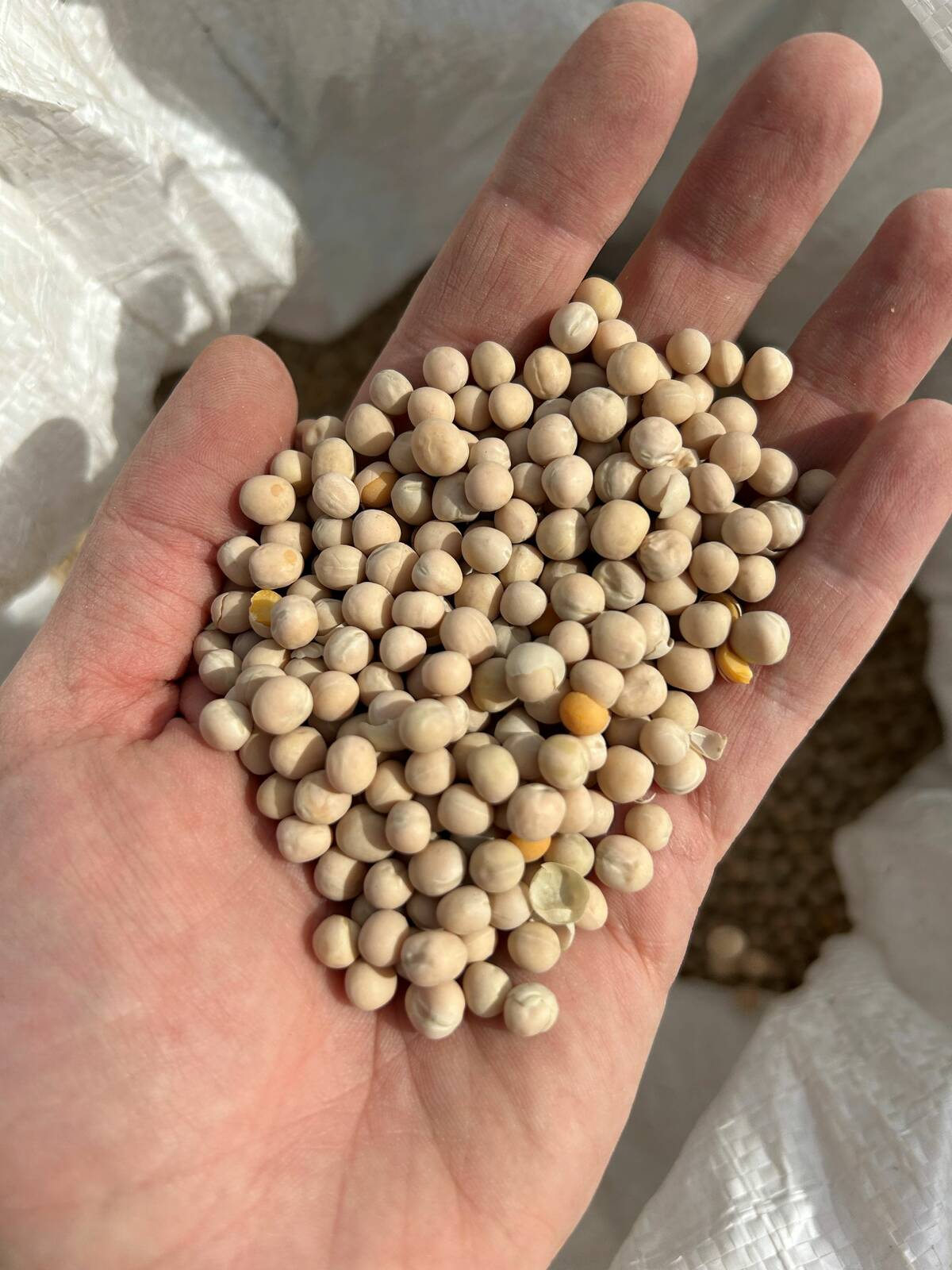Winnipeg, July 22 – It’s common to use global shipping rate trends as a proxy of global economic health. If demand for goods and raw materials are strong, so should it be transparent in rising shipping rates and demand to move product across the ocean. But rates have tumbled dramatically in the past two months. A benchmark indicator is the U.S. Gulf to Japan route for a generic 50,000-tonne vessel. In mid-May, rates were US$73/t and dropped to $51/tonne one week ago, now rising slightly to $55/t.
The greatest declines are for the biggest vessels (70,000t tonnes or more), the ones used to carry iron ore and coal from Australia and Brazil to China. Such ships cost about US$48,000 a day in late May; but are now only about $18,000 a day, according to industry participants. China’s demand for steel appears to have cooled following the recent price surge during the first half of the year and China’s effort to cool property markets by restricting credit.
This doesn’t imply the beginning of a permanent downtrend. China’s economy may be slowing, but the need for raw ingredients can be expected to continue to rise… just that it comes and goes in waves. Furthermore, supply of ships is increasing. It takes about two to three years for a ship to be built and ready to sail after an order is placed and the freight rate spike of three years ago accelerated orders. During first-half 2010, new vessels are coming into service at a rate of 16 a month, a 23 per cent increase over last year, according to industry sources. However, this is now increasing to 23 a month.
Container rates, meanwhile, are reported to be flat. Freight rates from Vancouver to India have slipped fromUS$70-75/t three months ago to$55-60/t. This has helped edible pea bids. Vancouver to China is about U.S. $35/t, down from three-month ago levels of around $50/t. Cheaper ocean freight is generally considered favourable as it lowers the cost of landed goods. Right now, this feels more like a supply growth push in vessel availability than a collapse in demand.
Read Also

Pulse Weekly: Tariffs guide yellow peas in 2025
Tariffs were a major influence on Canadian yellow pea prices in 2025, with levies imposed by China and India. The two countries are Canada’s biggest foreign pulse buyers.















